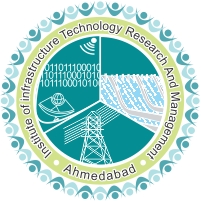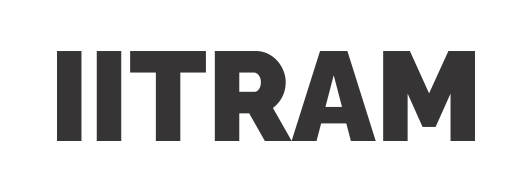Fabrication, machining (dry vs. cryogenic) and life cycle analysis of hybrid titanium composite laminates (HTCL)
Authors :- M Faniband, P Jadhav
Publication :- International Journal of Computational Economics and Econometrics, 2024
Titanium-based fiber metal laminates, also known as hybrid titanium composite laminates (HTCL), are new-age potential materials used in the field of supersonic and high-speed passenger aircraft due to their better corrosion resistance, higher stiffness, fatigue and impact resistance at both elevated and room temperature. However, the difficult-to-machine nature mandates using effective but sustainable coolant during machining. Therefore, in the present study, drilling of HTCL is done in a dry and cryogenic LCO2 environment, considering various responses such as thrust force, torque, surface roughness, tool wear, chip analysis, power consumption and specific cutting energy. Further, a life-cycle analysis was carried out to evaluate the impacts of these two cutting conditions. The results indicate that cryogenic cooling improved the hole surface finish (up to 25%) by reducing the torque values significantly by 25–30%. Furthermore, tool life is improved (up to 48.6%), and power consumption is reduced (up to 13.3%). These outcomes make cryogenic with LCO2 more favorable to use over dry conditions for this novel material. Nevertheless, condensing CO2 into liquid form necessitates a higher consumption of energy and natural resources. Furthermore, its direct release into the environment results in environmental impacts (up to 17–20%) compared to dry machining.

